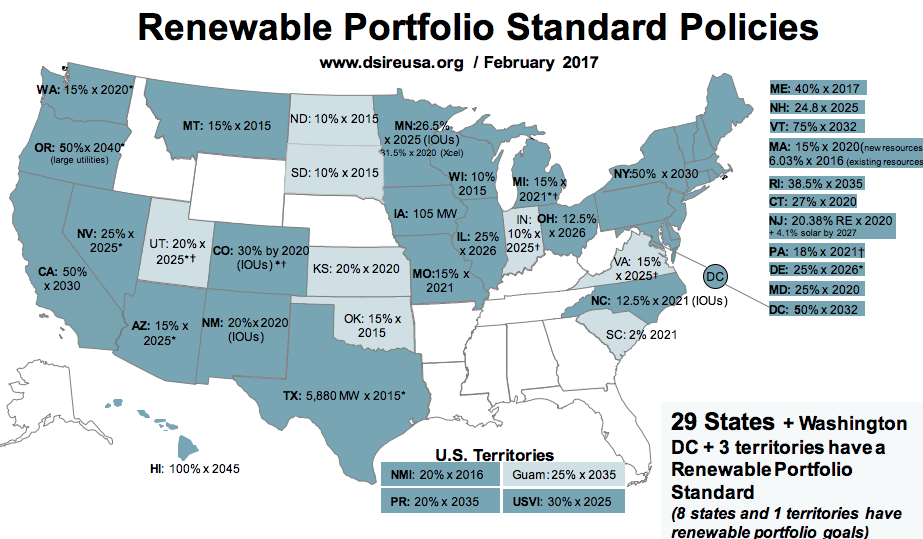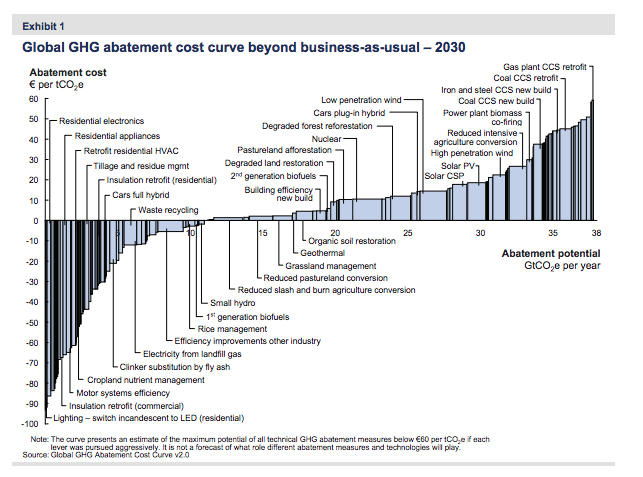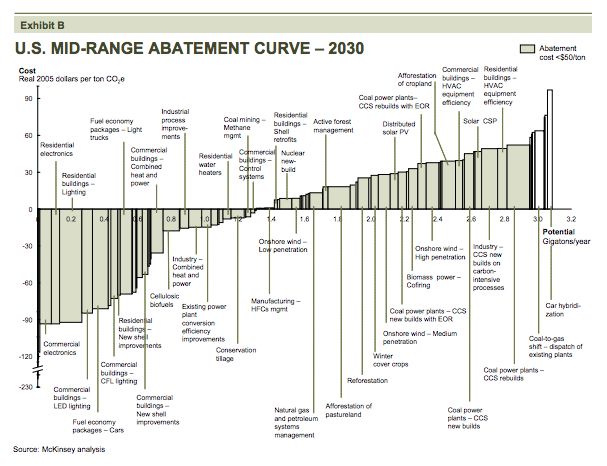Want Clean Energy? Invest in Co-ops not Wind RECs
In Part 1/3 of this series, I argued that regional co-ops ought to be at the forefront of our thinking on shifting power towards clean energy in the United States.
Below I take my argument one step further and suggest that talk of voluntary wind renewable energy credits or (RECs) is mostly just blowing hot air.
Here’s Why I’m Not Convinced that Wind RECs Are the Answer:
RECs, especially voluntary RECs, Don’t Drive Much Demand for Wind Power
If I were to buy “wind power” for my house (or church or business), what I would be buying is Renewable Energy Certificates, or “RECs”, generated from wind farms. The RECS would be considered “Voluntary RECs” because I’m not obligated to buy them. Those that are obligated are the electricity suppliers and utilities in states that have passed Renewable Portfolio Standards (RPS) laws.
You can see the list and mandated amount of renewables for each state here:
More than 90% of REC purchases are from those that are obligated to do so by law. My point is that while voluntary RECs do create some demand for Wind Power — they’re not really driving much actual change in the overall development of new wind farms. State laws that either add new RPS laws or strengthen existing RPS rules do far more than even an enormous aggregation of customers making voluntary purchases together.
If you are skeptical, there’s lots more to read about RECs: questions of additionality and market-based trading mechanisms and overall effectiveness. I believe most critics are over-blown but some raise legitimate questions — especially in the GHG offset markets — which are related but different. See:
https://www.technologyreview.com/s/542036/defending-renewable-energy-certificates/
https://thinkprogress.org/schendler-part-ii-good-recs-vs-bad-recs-89e918c8d5ca/
https://grist.org/climate-energy/are-renewable-energy-certificates-a-scam/
https://www.epa.gov/greenpower/renewable-energy-certificates-recs
What should we do instead?
If buying wind power — or wind RECs — isn’t the way to go, what should we do? This question gets to the crux of the problem I’ve been wrestling with for 8 years with colleagues from faith congregations, education leaders, social enterprise groups, government and non-profit leaders.
Our first instinct was to build an energy efficiency fund, since making investments in building energy efficiency are theoretically (from an intellectual point of you) the lowest cost ways we can reduce carbon emissions
The challenge of course is that most Building owners live by the “Don’t fix it if it ain’t broken” kind of mentality. Lack of insulation or air sealing or the most efficient HVAC equipment isn’t something that tenants or building users are going to clamor and make a ruckus about. When compared to the Return on Investment of other building and real estate investments, energy efficiency (beyond LEDs) opportunities always get put on the shelf, or on the back burner (unless there’s a really big champion pushing them forward).
So my colleagues and I decided to see if retail energy supply contracts might be a place where we could include some kind of on-bill financing & repayment for energy efficiency upgrades. Again, in theory it works great.
If you’re paying $1,000 per month on electricity and I can a make bunch of efficiency upgrades to your property and lower your usage by 30% and get paid back with $250 per month for X number of years, then you’d be saving $50 per month or $600 per year. And after X years your savings would increase to $300 per month or $3,600 per year. Although we didn’t get the adoption we’d hoped for, despite having some interest from electricity suppliers and buyer, our cooperative movement is still building power.
So what’s the power we’re building?
The Community Purchasing Alliance is bringing as many customers together to buy electricity more effectively together. We’re building groups of customers who know they’re getting a better deal because they’re more informed. They trust the process and the broker because it’s more transparent. We’re sharing and engaging each other in dialogue about what matters most.
And we’re asking the big question: How do we make better strategic investments that really accelerate the transition to renewable energy?
What do we do with the power we’re building? Why is it better than buying wind RECs?
Every year, Public Utility Commissions (PUCs) make decisions that set compensation and incentives for utilities. Often times there are minor technical details that are meaningful shifts. For example, over the past 5 years there’s been a huge movement among utilities to get away from usage based charges and shift to fixed customer charges. Therefore if you go solar at your house (or building) they won’t lose as much revenue from you when your usage decreases. There are also huge merger and acquisition deals that go through PUCs every once in a while (link to exelon merger / SUN campaign in DC and articles), fights over how RECs are treated, how laws (including RPS laws) are interpreted and enforced. These are very significant decisions with sweeping impacts. And as I’ve argued above, we just haven’t see the same kind of impact with voluntary wind RECs.
Soon we will post Part 3/3 on rethinking clean energy. Be sure to follow CPA Co-op to not miss out on our next and final installment.
Interested in joining our movement? Simply fill out this form or send a quick email to Boris@cpa.coop with your most recent bill to explore this opportunity with our cooperative. As ever, new participants are not required to be members to participate and save. While at present our co-op only services DC, Maryland, Virginia, North Carolina, and Connecticut, we welcome insights and interest from across the country.



